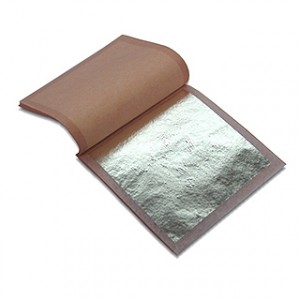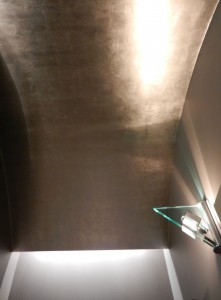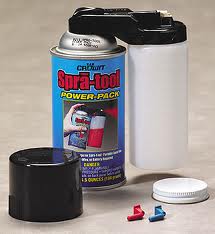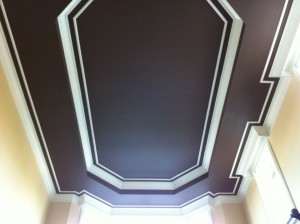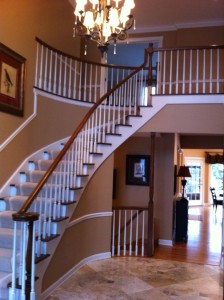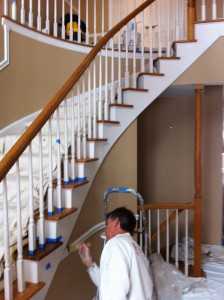Last week, we were invited to be the color consultants and house-painting contractors for the decorating of an upscale custom play house, to be auctioned for the benefit of the Ronald McDonald House Charities in the Chicago area. The auction was held last night at the Hyatt Lodge in Oak Brook, Illinois. The soiree event was entitled “Clubbin’ for a Cause”. The play house was the last item to be offered at the live auction. It yielded a whopping $14,000 for Ronald!
Donatelli Builders, a prime Chicago builder, assembled the team for this unique auction offering, from the architect, painting contractor, interior designer and landscaper. Chris Donatelli will act as the general contractor and builder on the project. Painting in Partnership will handle the color consulting and house painting. We are thrilled to be part of this project.
“Clubbin’ for a Cause” was organized by the Hinsdale Junior Women’s Club and was attended by over five hundred people. The evening was impeccably organized and managed. The silent auction was conducted using smart phone apps and monitored on IPads. Way to go WJWC!








 Follow
Follow

